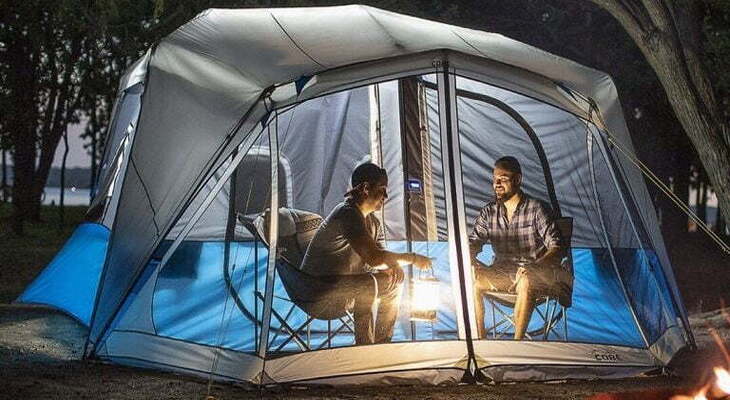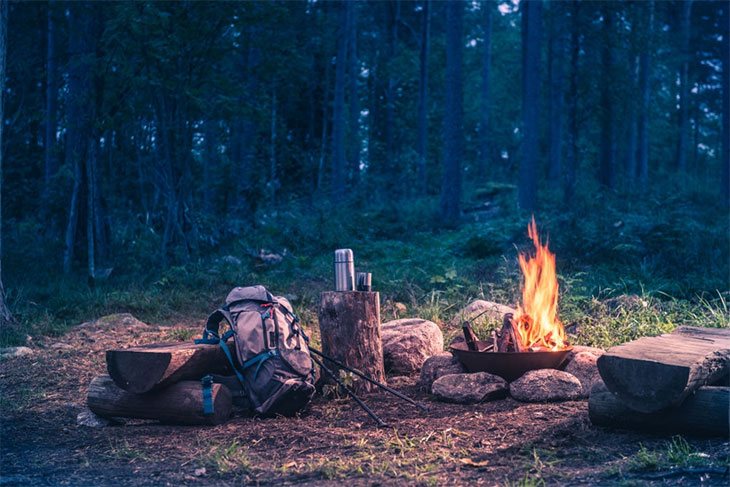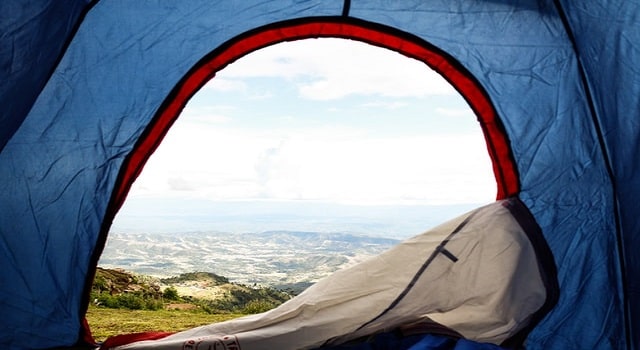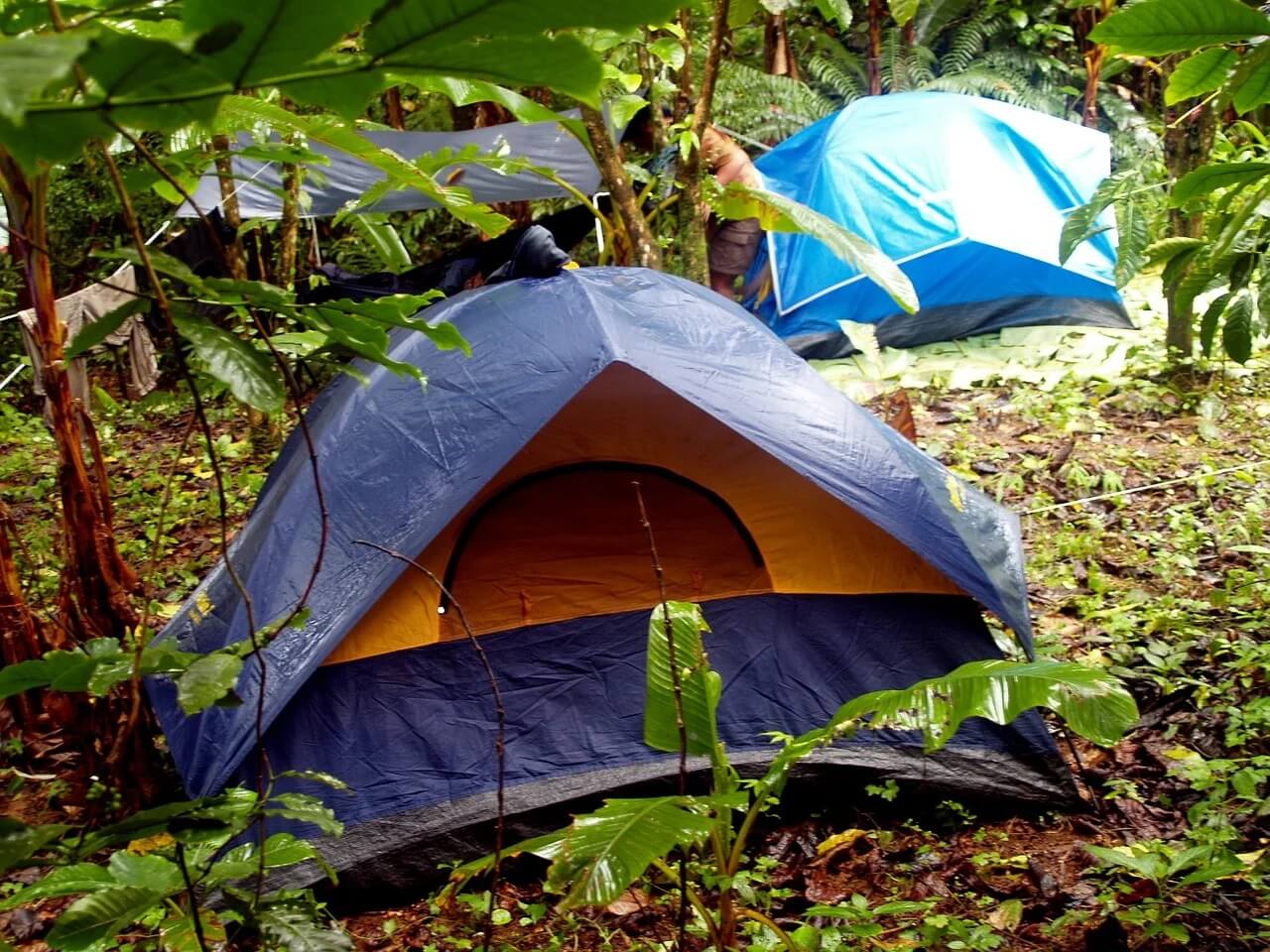
What to keep in your bag for long journeys.
What to pack in your bag for long journeys? How do I make it arm? To move the tent or not? Do you load the kitchen or do you buy cooked food? And the guitar? These are some of the most frequently asked questions I receive in my mail from people who are preparing for the long haul for the first time.
Although each case is different and there are no hard and fast rules when it comes to hitting the road, after 16 years around the world I have some tips and tricks to share with the backpacking community.
My backpack and I’ve already traveled to 96 countries and about 185,000 kilometers, most of which I travel. In this time and after much trial and error, I have been able to significantly improve the list of essentials that are my autonomy and comfort when I am on the road. I have also learned that traveling with a bag puts a little burden on our shoulders, but the spirit is light.
Maybe that’s why when I put it on my shoulder for the first time, I felt a pair of wings growing on me. Let’s see how to make these wings as active as possible.
Contents
One bag for each trip
There is no universal formula and what you are going to pack in your bag depends on what kind of trip you are going for. Don’t let yourself be impressed without analyzing your situation, or the people who are proud to travel with two rags, a 40-liter bag, or the old school campers who carry wood. They carry axes to cut and fishing rods.
Every trip is different: no need to go to Europe or Southeast Asia for 3 months, stay in a hostel, or use couch surfing and pitch a tent instead of visiting Latin America with a low budget and determination. Camp as much as you can. The more freedom and autonomy you have, the more weight you will usually carry in your bag.
Now there are myths about destinations. For example, many people think that a hostel is the only option in Europe, and the truth is that I always camp for free in Europe, without visiting official campsites. (Here are tips for visiting Europe on a low budget)
The tips I’ve shared in this “what to pack” article are based on my travel style. I travel long distances, usually a year or more. I use couch surfing and sometimes go to hostels but with some frequency, I set up camp or appeal for unconventional hospitality (tent nets under the perimeter when it doesn’t work).
So, my luggage consists of a 75 liter Burgos Bioflex Pro-Series bag and a small backpack.
The option of a medium bag
If you are going to travel in Eurotrap mode without a tent or sleeping bag or always pay for accommodation in Southeast Asia, then almost a medium bag. The 40 liter is ideal for warm countries that require less clothing. (In any case, I will always, as a rule, carry a very small bag with a camera, passport, and everything you would never leave on the roof of a house or bus in India.)
Among these options, in addition to the usual commercial bags, the TropicFeel Shell Backpack caught my attention, which can be increased from 22 to 40 liters as needed and it comes with a very smart solution, such as a removable clothing storage module.
(Like a mini-closet that can be hung from the hanger in the hostel to organize your belongings and put back in your bag as you continue your journey). They are not budgets, but good things are worth it, as I never tire of saying it. It’s worth taking a look at the other accessories they offer in their store.
Tent
I promise to write a post one day entirely dedicated to how to get the most out of the tent on the trip. (Many people use it only in campsites or in isolated natural environments, but the social and civic use of the tent is rare).
Approach: I always have a small igloo-type tent that weighs no more than 2 to 2.5 kg. Since 2009, this portable housework has been done by the Czech-made rock empire “Alaska”. It is not sold online, but I suggest the same below.
Where do I take it: I carry it strapped to the bottom of the bag. If you take it elsewhere, consider that the weight distribution should be parallel. If you are traveling alone, you can also buy a tunnel-type tent, which weighs less than one kilogram and can be carried in a bag.
Which tent do I recommend? Forget the Canadian tents or the circular ones that open by themselves but require the intervention of four sumo wrestlers to close them. Look for a lightweight igloo with aluminum bars (not plastic) and a roof covering.
I do not recommend cheap tents sold in supermarkets nor do I recommend cheap Quechua models. If this is going to be your home every night, you want to have something comfortable and easy to put together.
Is a tunnel or a traditional tent right for me?
In addition, you have two options: tunnel design tents or traditional igloos (cross rods). The first is two parallel bars, with arches of different sizes so that you can point the tail of the tent to the wind.
This is an aerodynamic design that is appropriate if you are going trekking at high altitudes or camping in windy areas. The downside is that you can’t build them without stakes (so you need to find grass or soil).
A traditional igloo has less aerodynamics but is much more useful if you are going to use the tent in unexpected situations, even civilians.
Dozens of times I have camped indoors, in courtyards, schools, parking lots, etc., where it is more useful than a traditional tunnel type. The decision will depend on the type of travel you have.
If I had to buy a tent today, I would go for one of the following models:
Next for two
Traditional IGLOO
Silva Atlas III. This is a self-help 2 igloo, weighing only 2.3kg, with inner pockets and taped seams. And about € 130. An accurate and solid tent, one of the ones I like the most on the market today.
Tunnel type IGLOO
In tunnel-type tents, we have Ferino Lightning. Weight 1.7 to 2.2 kg depending on the model, but it increases the indoor housing (1.8 m3), the water-resistance of the roof cover is 3000 mm. The interior is 70D Ripstop polyester, very durable.
It has a door with mosquito nets, inner pockets, lamp hooks, and other details. Dimensions: 2.10 meters long (ie the lungs fit well) x 1.30 width. The price is about € 200. This is the tent I have in mind when I retire to the Rock Empire.
Light tents for one person.
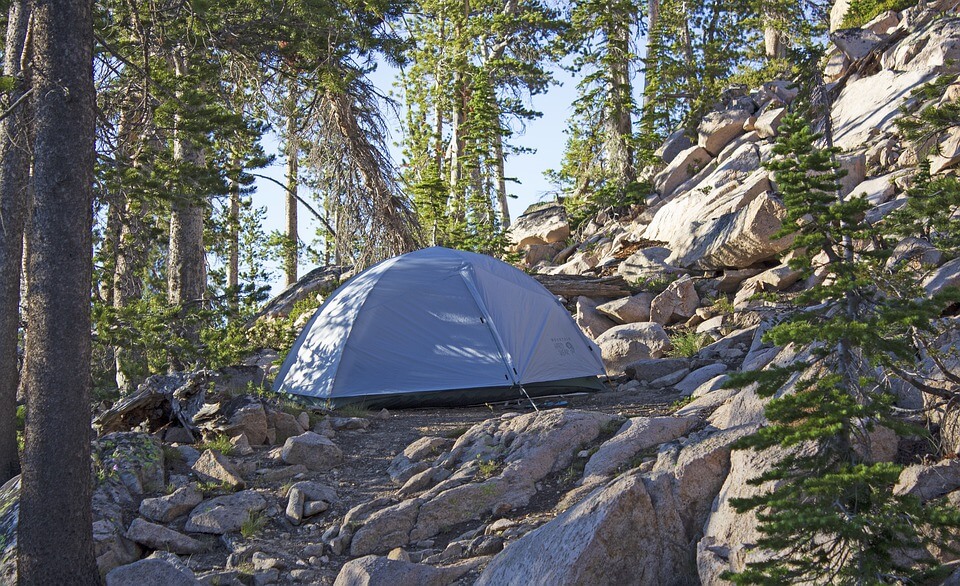
I traveled to the Middle East at Camp Manima II (highly recommended!) With an ultralight tent, tunnel design for one person.
This is the ideal survival tent on a long journey in which you are going to sleep anywhere and break the camp early the next day. Its height of only 0.95 meters may make it somewhat claustrophobic, but its length of 2.2 meters makes for it. Due to its small dimensions, it weighs only 1.3 kg and fits with its package inside the bag. He beat me for 27 months on a trip from Ireland to Thailand!
If you are looking for a tunnel design tent for two / three people, take a look at Ferrino Lightent 3, it is solid but it weighs only 2.3 kg.
Sleeping bag
A sleeping bag is recommended, not only for sleeping in the tent but also as an extra layer of warmth, whether in the hostel or on the night bus. Most compact pen bags, though I never had one. Their disadvantage is that if they get wet, they lose their insulation. I’ve always used synthetic filling bags, which are cheaper and more environmentally friendly between -5 ° C and -10 ° C.
When you buy a bag, you should always ask about the thermal range. There are two values, one extreme and one tranquility. In a bag, for example, 5 ° C can be comfortable and -1 ° C extreme. The first indicates the temperature at which we will not be cold, and the second indicates the temperature at which we are already at risk of hypothermia. It must be a type of sarcophagus, which has a hood, not a square because ergonomics means that body heat is more secure.
I currently have Montagu Tenorio. The whole trip to South America was banked, but we camped a little in the highlands and when we did we were a little cold. When I went to the Himalayas and other cold parts of Asia, for example, I had a Wango sleeping bag, a Scottish brand that makes excellent products. The comfort range in this bag is 4 ° C and extreme -16 ° C, a faucet.
It also weighs only 1.1 kg. My recommendation If you can order it online, the Vengo will have the same finish as the Montagne and is of much better quality. In fact, I’ll buy it again as soon as I can.
Where to take it: I keep the sleeping bag in the bottom box, and I prefer to carry it without the compression bag so that I save time and care whenever I use and pack it. ۔ Just to see Lao staring at me with the face of a wet dog so that, since I had finished work before, I could help him.
Warning: Don’t be tempted to buy very light bags that are offered in some camping houses with a limit of 10 ° C. These are two season bags, only suitable for spring/summer, which give you the psychological feeling of covering yourself with something, but they do not keep you warm in winter.
Insulation
I’m going to confess. I have traveled all my life without insulation. The foam rubber that rolls up and has a metal side always seemed like a nuisance to me. He did not know where to hang them from his bag, they got stuck and stuck in the doors of the cars in which he was traveling with his finger. Nothing more difficult, he threw a jacket under the sleeping bag on the floor of the tent, like all the insulation.
Over the years, I got a little bourgeois in my back, and I discovered inflatable insulators like Thermarest or its cheaper version, Quechua, which can be found in any Decathlon for 30 euros. Location: At the bottom of the bag.
Here I am going to add something that also has an insulation function, and it is actually included in most bags: bag cover. If you don’t include it, you can find a very original item in 100% Traveler’s Store.
What clothes to keep in the bag?
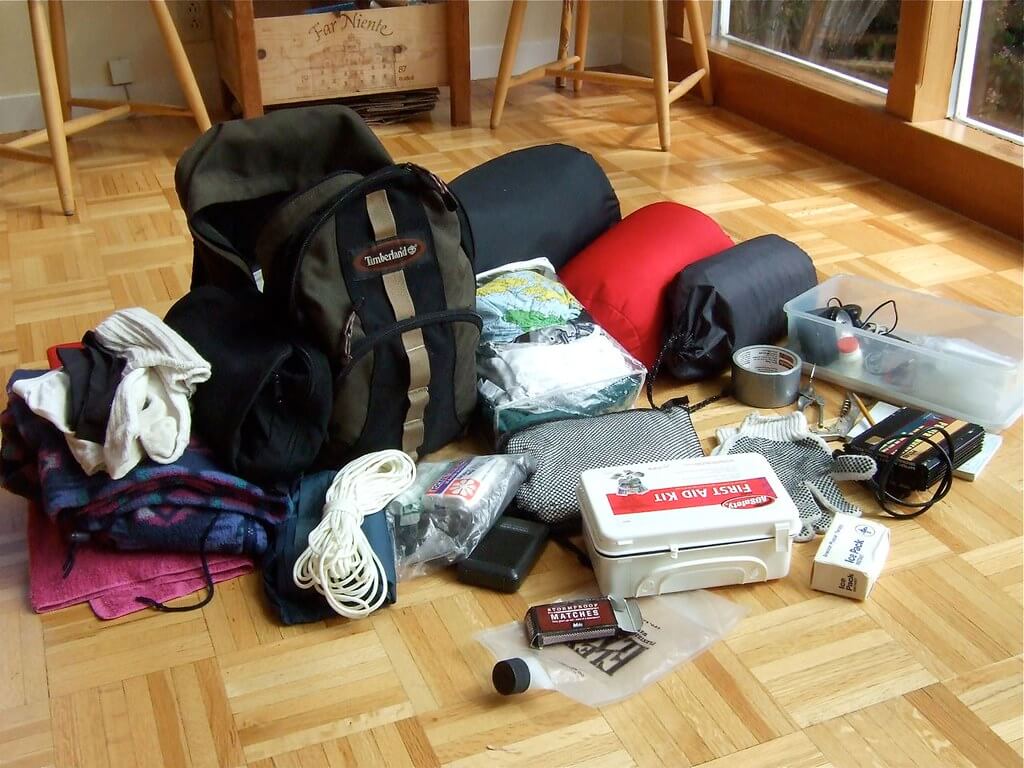
The clothes that change the most are T-shirts (T-shirts, flannel) so you have to keep at least six of them in your bag. I do not associate them with mysterious means in my extraordinary efforts to reduce the goods. I stack them in compression sleeves so they don’t float around in my bag. Except for the underwear, all the clothes go into the main compartment.
A detachable cargo paint is like my travel uniform if anything. They are lightweight, made of particularly fast-drying fibers, have zipped pockets that are necessary to keep things safe and, if I want to swim in a lake, I have mesh. available. This is what I use on the road when I hitchhike.
I also wear jeans for more urban occasions and the Bolivian trousers (by the way, that’s what I call them) that I bought in 2011 and still carry with me, to the day when I’m more zen.
The most elastic coat is the zipper-up fleece. I usually wear another sweater for a change.
The jacket is a nuisance for travelers. Unless you are traveling in an area where the temperature is always warm and where there are no other mountains, you should take it with you. I resisted the urge to wear this inflatable or corduroy jacket that you have in the closet because they weigh a ton and they will carry half a bag.
I invested in a travel jacket with a windbreaker layer and a woolen liner, hood, and sleeves with buttons to keep out the cold. It doesn’t have to be GoreTex, unless you’re hiking or hiking, especially in the winter. Much has been written about the relationship between the insulation and the breathability of new synthetic fabrics.
I keep a pair of sandals in the bottom box, inside the bag, so that it doesn’t stain the sleeping bag.
In the same box, I keep a cotton bag for dirty clothes or some other breathable structure (not plastic).
The underwear goes into the side pocket, and as it is used, it goes into the bag at the top.
Cold cut
In addition to the jacket, if the floor is cool, it is possible to pack a woolen hat and gloves. Another thing we can take advantage of is the thermal shirt, which combined with the fleece can make the jacket unnecessary.
For the sun
Sunglasses block both bright light in hot areas and the reflection of snow in high mountains. Also, if you’re going to be hiccuping in rural or remote areas, where trucks blow dust and pass under, you’re better off with sunglasses (sorry Lenin’s fans) to protect you from the elements. Nothing
Feeding set
The question is whether to cook or not. The answer will depend on what kind of journey you encounter. I was changing my position over time.
On my first hitchhiking trip to Argentina in 1999, I remember packing a YPF stove with butane gas refills, which barely left room for clothes in my bag. The 2005 bag, with which I embarked on this journey around the world, contained a high-fuel type MSR stove, which weighed less than one kilogram and used any type of fuel.
However, I soon realized that cheap food, except in Europe and a handful of other countries, did not justify the problem. Mostly in Latin America, Asia and Africa, and Eastern Europe, you can eat for -3 1-3. So, since then, I haven’t picked up the kitchen or the dishes.
However, if you are going on a trip that involves long stays in national parks or hiking in the mountains or isolated areas, you should have a kitchen and a set of kettles.
Parts of my rotating kit are plates (we bought our beautiful plates in Quinca in 2011 for a dollar, and they’ve been with us ever since), a set of crumbling cutlery, and a metal mug (side pocket. ) Which was a Christmas present in 2010 and still has an understandable sticker that reads “Tramp”.
If I don’t have a kitchen, why should I take it all? Because you always have to be prepared for the food that provides the way and the hospitality. If they lend you a house, there will be a kitchen and crockery.
If you sit down to eat in the dining room, you don’t need anything. But if the truck stops in the middle of the road and cooks in the jug, or if you want to put sandwiches or salads together, you will be in balls. The vessels go into the main compartment, parallel to the back.
Water filter
I’ve been versatile for years. I have never had one of those good metal bottles that promise to be thermal.
Once, yes, I experimented with Platypus-type breaking water bags, but in a few months, they had already collected the mushrooms.
On most of my travels I decided to refill the bottles of mineral water, until last year I discovered an invention that would forever be a part of my travel weapon: the life straw water filters, 600 ml and eliminates 99% of water. Bacteria immediately, as soon as you take a sip. (Their page only sends to the US, but from here you can order it from your country)
We took “Lifestraw Go1” to Africa and I would not hesitate to say that they are responsible for the fact that in 15 months on the toughest continent, we have never had a stomach ache. The benefit was also social: if a peasant family invited us to their home and offered us water from a well, we received it in a filter bottle instead of rejecting it and looking bad.
First aid kit
I plan to dedicate a post to it, but when I write it, all I can say is that you need basic things, band-aids, gauze, paper tape to hold it, antihistamines to cut, charcoal. Pills, oral rehydration salts, amoxicillin should be brought. And disinfectant. This will help you deal with anything that does not require medical or hospital intervention.
And speaking of topic: Do you travel with medical insurance? It can be easy to make a small investment to leave with peace of mind, as no one is exempt from an accident that requires hospitalization or, without going that far, something that You can’t deal with things in your medicine cabinet. There are already many on offer, but the ones that fit the backpacker budget are Asegura Tu Viaje. Here’s how health insurance works.
Regardless of what the medication is, and the destination, I have Repellent (my favorite Detán, which is only available in Ecuador, but with it we have traveled both the Amazon and the whole of Africa to prevent malaria). ) And bring sunscreen.
Others
The kit should not miss the Victorinox or Leatherman type multi-tool or the Pink Knife, which is useful in countless situations, from opening the beer to tightening the nut to help with the mechanical problem. Not even a headlamp. I keep it all in the hood of the bag, which is an accessible compartment with a zipper in almost all models.
What to take the girl in the bag.
It is also called Attack Bag or Day Pack in English. This is the bag that you carry with you no matter what you do. If you hesitate and a car stops you, the big car can go into the trunk, but not only is it visible, but I never let it go.
Here are some of the things I can’t afford to lose: laptops, cameras, phones, money, passports and travel documents, guides, maps, and notebooks. Read more about my favorite travel gadgets and electronic devices in this post. Good attack packs are not just small packs, they are specially designed to be hung on the front.
Things I never put in my bag
Rain ponchos (if you’re traveling to Scandinavia or Ireland in the rainy season, it’s nice to have one there) or a compass (I’ve always wanted one to justify buying one but it’s something Is more than an icon (useful in most places) and not as I said before, kitchen or utensils.
Strange things that I wear.
With more sincerity than eccentricity, I carried in my luggage cardamom seeds (they also serve to cool the rice) and a few tweezers (as I have already admitted that as boys, this is my first window). Since the strange geographies of the world, and to this day I collect stamps, commonly known as stamps.
I hope this article has been helpful to you on what to pack for a long journey. Of course, there is a bag for every traveler, and your suggestions, tricks, and stories can be very helpful to the backpacking community. If you have two minutes, share your thoughts as a comment. Good roads!
